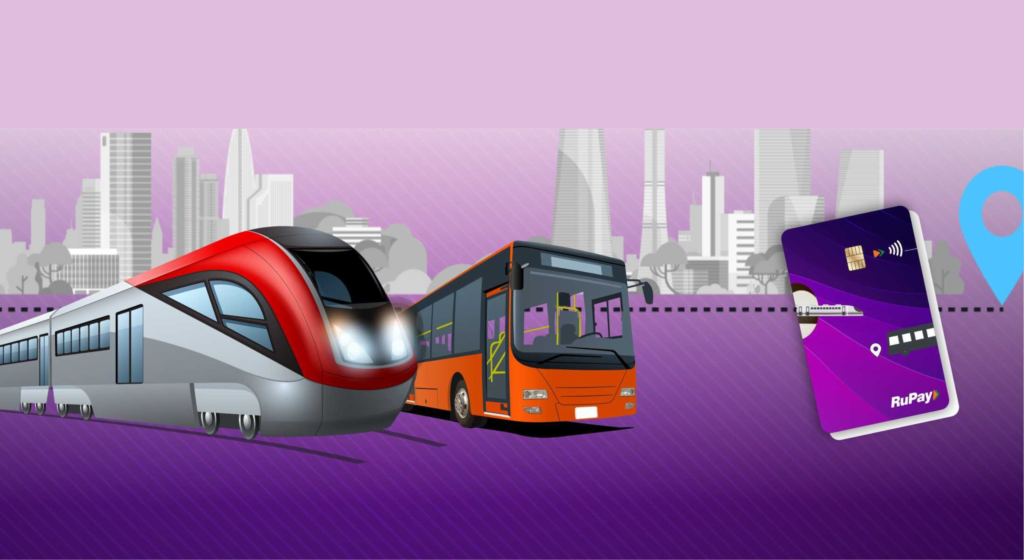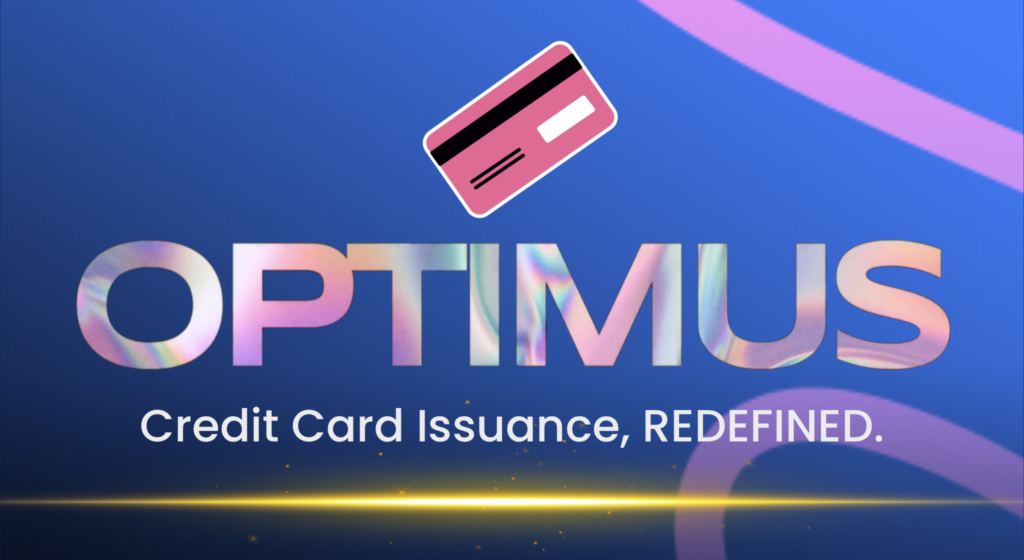Revolutionising Transit within India: Pure NCMC Cards for Effortless Mobility

Home / Blogs Table of contents Introduction Streamlining Travel Payments with Stand-alone NCMC Cards Effortless Payment Process with Pure NCMC Cards Transforming Travel with Pure NCMC Cards In India, where millions rely on public transportation for their daily commute, the introduction of the Pure National Common Mobility Card (NCMC) is a game-changer. The Pure NCMC […]
CARD91 introduces Optimus – Credit Card Issuance: REDEFINED

Home / Blogs Table of contents Introduction Regulatory Compliance and Modernity Configurable Credit Programs Customised Rewards Digital-First Approach Conclusion In today’s ever-evolving financial landscape, optimising credit card management processes is imperative for sustained growth and regulatory compliance. That’s why I’m excited to introduce Optimus – an advanced credit card tech stack meticulously developed by CARD91. […]
Assisted Commerce – Accelerating the growth of Digital Payments in India

India’s e-commerce sector has grown significantly over the past few years and is expected to grow multifold in the coming years. The growth has been driven by increasing internet penetration, rising smartphone adoption, and the growing popularity of online shopping among consumers. The D2C and B2B segments have seen significant growth due to the increasing […]
CBDC: Analyzing the nascent experience in China, Nigeria, and Sweden

The Reserve Bank of India (RBI) will debut the Digital Rupee in the Financial Year 2022-23, according to the Hon’ble Finance Minister of India’s Union Budget Speech on February 1, 2022. Meanwhile, China’s e-Yuan, currently in pilot mode, had its global premiere at the Beijing Winter Olympics 2022 when most foreign athletes got to experience […]
Necessity of Revolution in Cross Border Payment process

Home / Blogs Table of contents Introduction What are Cross-border payments Cash Flow in Cross-border Payments A Revolution in Cross Border Payments E-Commerce has broken the political borders and offers products & services across different country borders. This has resulted in a high volume of cross-border goods and payment flows. Cross border payments have become […]
What’s the Next Step in the Payment Industry for addressing Security Concerns?

Card industry has seen steady growth in the last two decades from EMV chip card (use a smart microchip to store data instead of mag stripe) payments to contactless payments, but security remains a big challenge for the industry. These concerns have led to innovations towards more reliable and secure technologies such as biometric card […]



